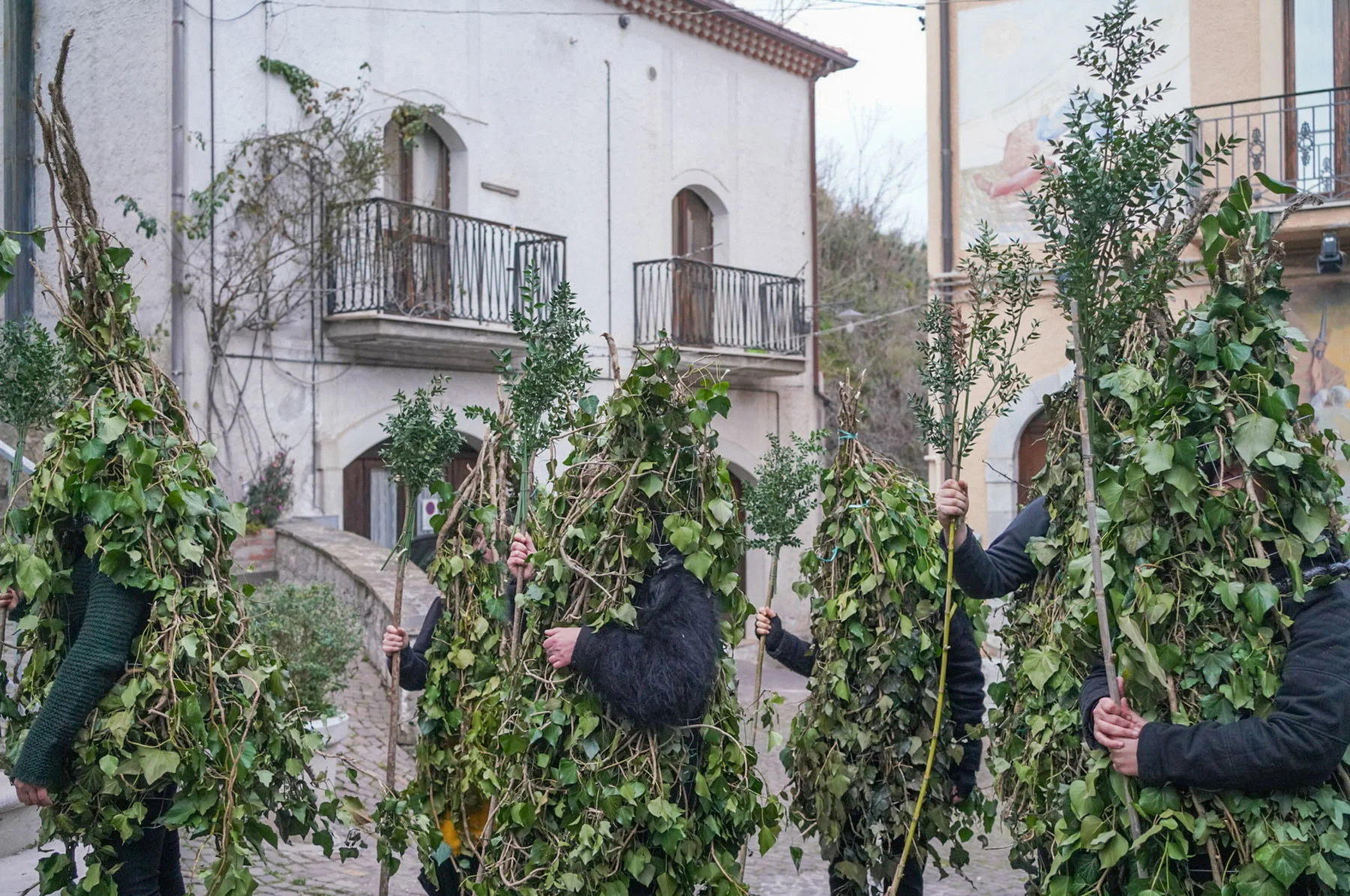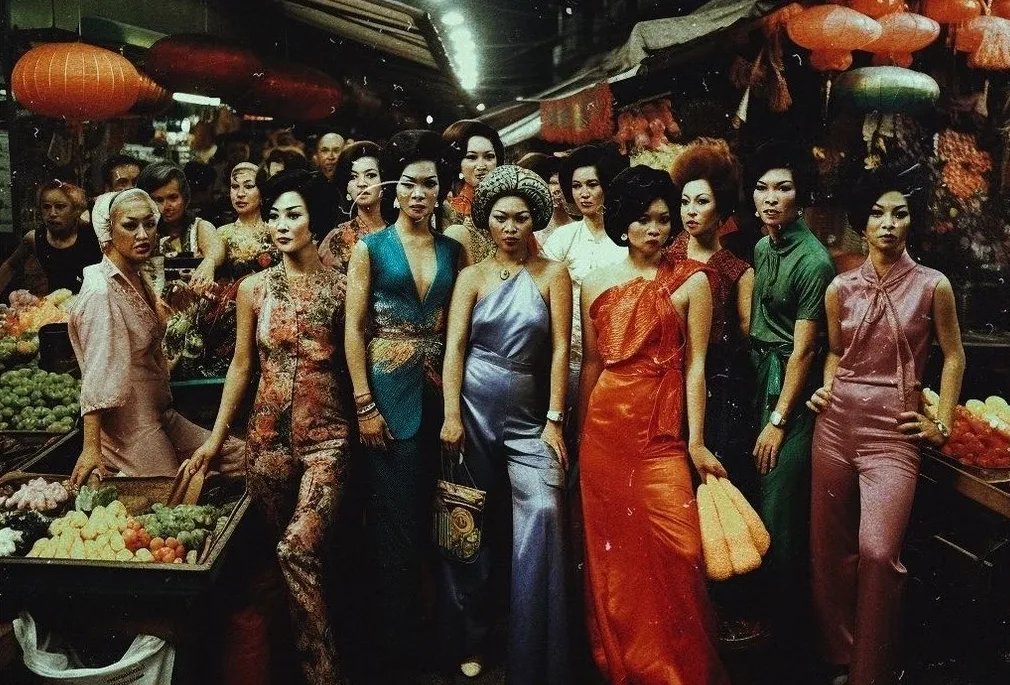

Simon Diebold’s majestic photographs are more akin to the world of dreams than reality. His laboratory-like approach to image-making is informed by his background in visual effects and a personal obsession with losing control. He experiments with backdrops, costumes, mirrors and printing techniques to visualize aspects of the human condition that he can’t put into words. Here, Diebold tells Gem Fletcher about the infinite creative possibilities that emerge when you experiment with materiality, let go of expectations and lean into the unknown.
“I like it when everything is out of control,” says Simon Diebold. “Losing control enables me to get closer to the emotions I want to explore in the work.” The Paris-based photographer is a creative outlier in every sense. Take his career path, which began at the pinnacle of animation and visual effects, working on films like “The Martian,” “Doctor Strange” and “Jurassic World” for Academy award-winning studios Framestore and Lucasfilm, before he boldly pivoted to photography. Jaded by the hands-off nature of digital creation and spending all day sitting at a computer, Diebold took everything he learned about character development and emotional storytelling and started a laboratory-like studio in Le Wonder, an artist-run space in Bobigny making large format images about the human condition.


At first glance, you might think Diebold’s surreal images belong to the world of post-production, when in reality, the work has very little digital intervention at all. Instead, he prefers a hands-on approach, integrating his skills in painting, sculpture, scenography and costume design to animate worlds held deep in his imagination. While Diebold calls himself a photographer, his practice is discipline agnostic, preferring to make work from a collision of techniques.
“Photography has never been about an obsession with the camera for me,” explains Diebold. “I’m not someone who takes pictures every day. The camera is just another tool. I have a thing for the final image, and I’ll use whatever tools I need to get what’s in my mind into the frame.” Shooting is just a starting point for Diebold who then goes on to print and dissect the images before mounting them on canvas or wooden boards. “Every shoot is different,” he says. “Sometimes, I’ll paint over them or collage different elements together before photographing the piece through a distortion mirror. I love this freedom of working because everything is possible. I don’t have to follow any particular rules or formula.”


For me, the work is about imagining a world I cannot access. I want the image to feel like a portal you can enter, taking you to a different place.
In “Theater of Dreams,” we experience the chromatic arrangements, hazy mysticism and enigmatic characters that define Diebold’s visual language. The project depicts a mystical character—played by Diebold—adorned in an elaborate costume made from wigs moving energetically through space. “‘Theatre of Dreams’ is about exploring aspects of spirituality,” he explains. “For me, making work is about creating space to talk about topics I can’t put into words.” The tension between the limitations and possibilities is a throughline in Diebold’s practice, and particularly poignant in his decision to focus on making still images. He adds, “I’m not interested in a beginning or end; it’s more about world-building.” Rather than reveal a story in its entirety, as he did for many years as a filmmaker, Diebold is interested in conceptualizing story fragments that invite the viewer to conjure their own imagination about the stories he presents.
While Diebold’s projects explore the human condition, he communicates these ideas through a cast of individual characters who embody certain emotions, memories or abilities. Here, he blends imagination and cultural references with the rigor of his background in character animation. Once he has an initial idea, he develops a composition of the characters to better understand who they are and how they might look. From there, he can build and style their world, sometimes working alone or with a team. “With any topic I’m working on, I see characters in my mind,” Diebold notes about his process. “Right now, I’m enjoying imagining a version of myself or someone I know that has a specific power.”


Take “Floating Thoughts,” a rich, gothic world in which a female protagonist has antenna-like hair and conducts electrical currents, enabling her to hear other people’s thoughts. The sci-fi story is informed by Wong Kar Wai’s Fallen Angels and hours Diebold spent on Reddit forums interviewing people about their most intrusive thoughts. Like many of the photographer’s projects, the work reaches for an emotional experience, offering a window into our psyche’s complex and dark edges that often remain private.
While all of Diebold’s characters are unique, they are united by a thread of fantasy that defies logic or reasoning. “I don’t see the point in making something that exists already,” he says about the limitlessness of his cast. “For me, the work is about imagining a world I cannot access. This is where my satisfaction comes from. I want the image to feel like a portal you can enter, and it takes the viewer to a different place.”


Take a step back, and it’s clear that Diebold’s hybrid practice is born from a push-pull tension between his past and present, digital and analogue, control and freedom. In this new chapter, he’s reimagining the sensitive aspect and infinite possibilities of virtual creations and leveraging them through real-world experimentation in photography. “Maybe losing control is about me trying to work against my organized and rational nature,” explains Diebold as we end our conversation. “Sometimes the results can be hard for me to accept because they are weird or disproportionate, but the more I look at them, the more it makes sense, and I realize that this is what I was looking for in the first place. Everything I do is a constant battle between being in and out of control.”



